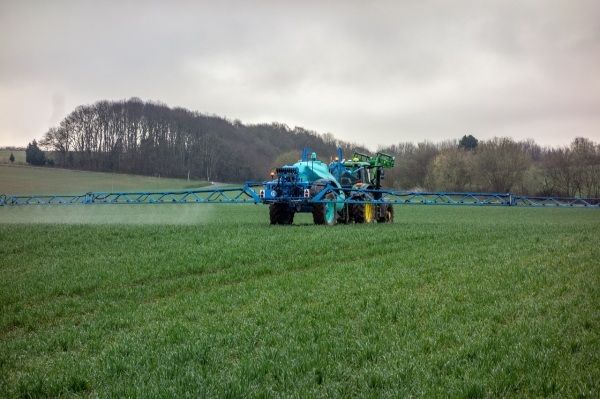The air around us contains a powerful solution for making agriculture more sustainable. Researchers at Stanford University and King Fahd University of Petroleum and Minerals in Saudi Arabia have developed a prototype device that can produce ammonia – a key fertilizer ingredient – using wind energy to draw air through a mesh. The approach they developed, if perfected, might eliminate the need for a century-old method that produces ammonia by combining nitrogen and hydrogen at high pressures and temperatures. The older method consumes 2% of global energy and contributes 1% of annual carbon dioxide emissions from its reliance on natural gas.
The study, published Dec. 13 in Science Advances, involved the first on-site – rather than in a lab – demonstration of the technology. The researchers envision someday integrating the device into irrigation systems, enabling farmers to generate fertilizer directly from the air.
“This breakthrough allows us to harness the nitrogen in our air and produce ammonia sustainably,” said study senior author Richard Zare, the Marguerite Blake Wilbur Professor in Natural Science and professor of chemistry in the Stanford School of Humanities and Sciences. “It’s a significant step toward a decentralized and eco-friendly approach to agriculture.”
Photo Credit: barskefranck via Pixabay
Sustainability Sci/Tech Top Stories Pollution Agriculture

